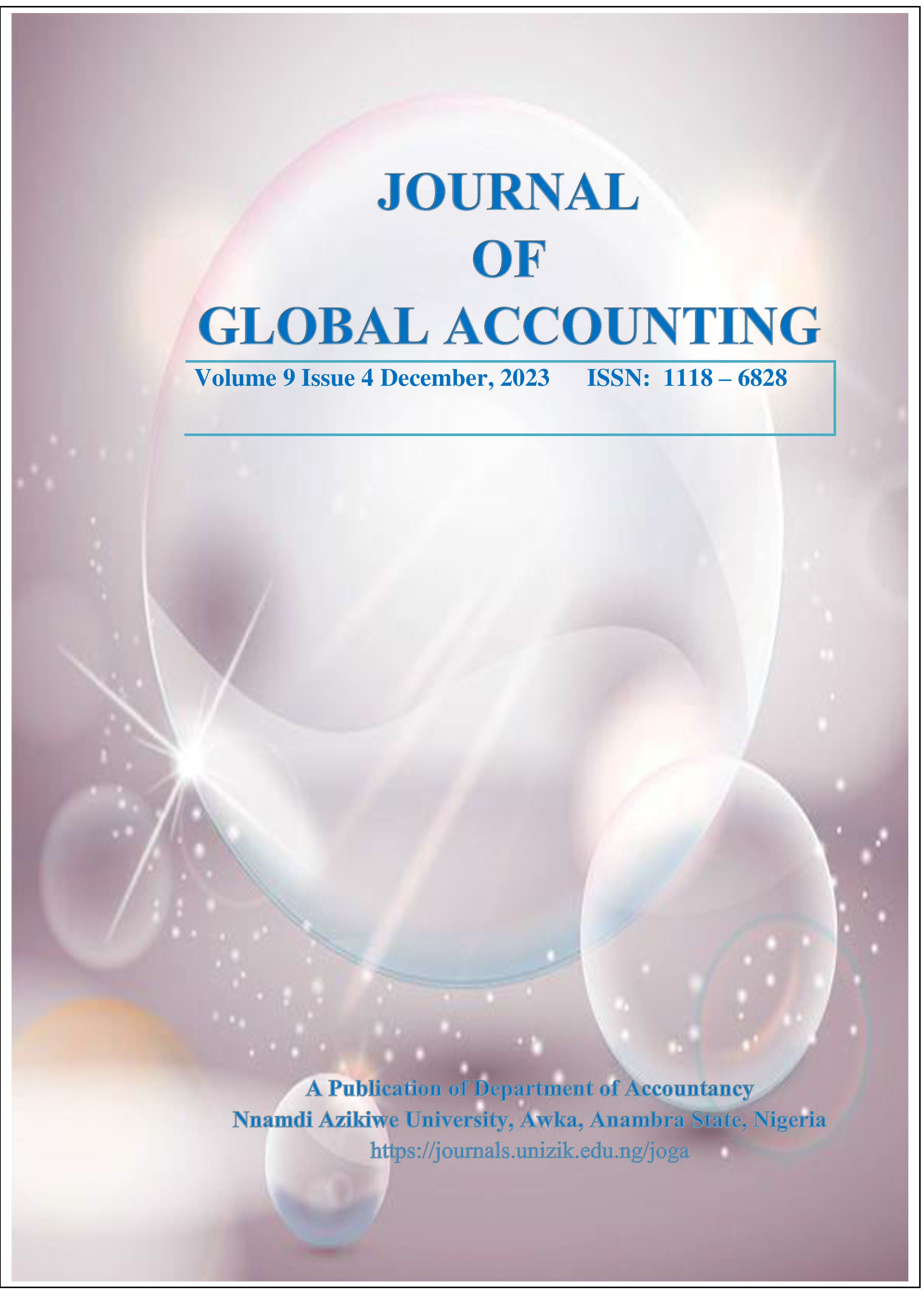EFFECT OF PRUDENTIAL GUIDELINES ON THE FINANCIAL PERFORMANCE OF DEPOSIT MONEY BANKS IN NIGERIA
Keywords:
Capital adequacy regulation, Credit risk regulation, Liquidity regulation, Prudential guidelineAbstract
This study examined the effect of prudential guidelines on the financial performance of deposit money banks in Nigeria. The specific objective of the study were to: examine the impact of capital adequacy regulation on the financial performance of DMBs in Nigeria; ascertain the impact of liquidity regulation on the financial performance of DMBs in Nigeria and assess the impact of credit risk regulation on the financial performance of DMBs in Nigeria. The study was anchored on agency and liquidity preference theories. The study adopt multivariate regression estimation analysis, correlation analysis and descriptive statistics. The study used Capital Adequacy Regulation (CAR), Liquidity Regulation (LR) and Credit Risk Regulation (CRR) as a proxy for Prudential Guideline and Return on Asset (ROA) and Return on Equity (ROE) as a measure for Financial Performance. The result show that CAR has a negative but insignificant effect on ROA, but has a positive and significant effect on DMBs' ROE in Nigeria. LR is negatively correlated with DMBs financial performance in Nigeria. CRR has a detrimental negative effect on DMBs' financial performance in Nigeria. The study recommended among other things that the minimum capital requirement of DMBs in Nigeria should be reviewed on a regular basis to ensure that it remains at an optimal level, and Nigerian banks should be capitalized to enable them to access cheaper sources of funds, resulting in increased profit margins. This would go a great way toward restoring public trust in banks, as the latter would be better equipped to provide consumers' credit demands while also safeguarding depositors' funds.
Downloads
Published
Issue
Section
License
Copyright (c) 2023 Journal of Global Accounting

This work is licensed under a Creative Commons Attribution-NonCommercial 4.0 International License.
Articles submitted to JOGA should not have been published or are currently under review by another Journal. Kindly see the guide for the preparation of the manuscript for details. Successful submission of articles by author(s) for publication clearly implies that the work is not an infringement of any existing copyright warranty as JOGA reserves the right to be indemnified by the author(s) where any breach of such warranty is proven. For ease of dissemination and to ensure proper policing of use, papers and contributions become the legal copyright of JOGA once published unless otherwise agreed.
Permission clearance should be obtained by the author(s) where applicable for the use of any content of interest not originally created by them. This must be done before the submission of the article to JOGA. Failure to do so may lead to a lengthy delay in publication, as JOGA is unable to publish any article which has permissions pending. Thus, the rights JOGA requires are:
- Non-exclusive right to reproduce the material in the article or book chapters.
- Print and electronic rights.
- To use the material for the life of the work (for instance, there should be no time restrictions on the re-use of material).
Where tables, figures or excerpts of more than 250 words are reproduced from another source, it is expected that:
- Author(s) should obtain the necessary written permission in advance from any third-party owner of the copyright for the use in print and electronic formats of any of their text, illustrations, graphics, or other material in their manuscript. Permission must also be cleared for any minor adaptations of any work not originally created by the author(s). The author (s) should not assume that any content freely available on the web is free to use.
- Where the author adapts a significant number of any material, the author(s) must inform the copyright holder of the original work.
- Author obtains any proof of consent statements
- The author must acknowledge figure(s) and content adopted or adapted in work utilizing source(s) and further capture them in the list of references.

